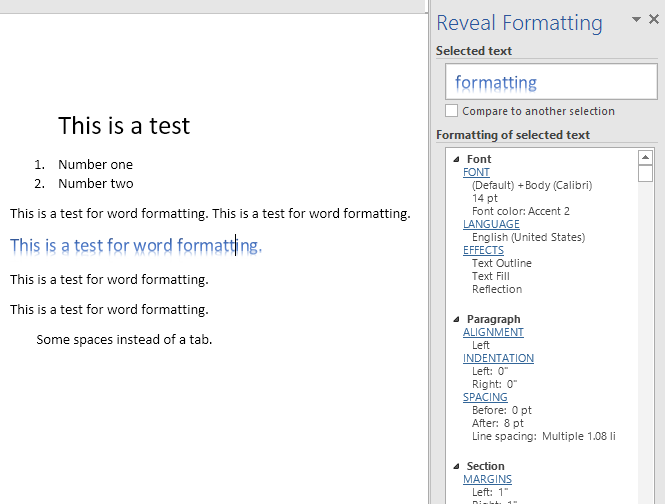

- #HOW TO MAKE ACCENT MARKS IN WORD DOCUMENTS HOW TO#
- #HOW TO MAKE ACCENT MARKS IN WORD DOCUMENTS PLUS#
It’s a type of plan, perhaps for school or to achieve a business goal.īut if I say proj ect with the stress on the second syllable, what happens? What’s the meaning of the word project, with the stress on the first syllable? In English, diacritics don’t exist to tell you which syllables are stressed-and the word stress does change the meaning! Word stress is a stronger, louder or longer pronunciation of a syllable in relation to other syllables in the same word.
#HOW TO MAKE ACCENT MARKS IN WORD DOCUMENTS HOW TO#
Let me go into detail, as it’s essential to understand the stress rules in Spanish to know when and how to use the acute accent. The acute accent in Spanish shows you which syllable in the word is stressed, specifically in cases where it’s marking an exception to normal Spanish stress rules.

The acute accent in Spanish can appear above all five vowels: The acute accent in Spanish (´) is the most complex Spanish accent mark in terms of rules-and it’s also the most common one. Not many words use the diaeresis in Spanish, so here is a short list of words you may come across: SPANISH You can hear this distinction in words like pingüino (penguin) and bilingüe (bilingual). With the diaeresis present over the u, it no longer disappears into the following sound, but pronounces a sound of its own, similar to the English “w” sound. You can hear this in the words guitarra (guitar) and guerra (war). The combination gui or gue is pronounced as two separate sounds, where the letter u disappears into the sound of the letter that follows it: Here’s a concrete example: Without the Diaeresis The diaeresis appears above the letter u in Spanish to signal that it should be pronounced on its own as a single sound (called a phoneme). The diaeresis in Spanish looks like a German umlaut but it’s a different phonological phenomenon. Proper Spanish names use it (Toño) as well as Spanish countries (España!) and many other words, including: No rules exist to tell you where to put the tilde, in fact it’s just another Spanish letter. In the IPA (International Phonetic Alphabet) transcriptions, it’s written as /ɲ/. This letter is pronounced as an English /ny/. The Tildeįirst let me clarify that while this sign “~” is called “tilde” in English, I am referring to the Spanish ( la tilde) diacritic that appears as a wavy sign over the letter n: ñ. Only one of the Spanish accent marks requires a closer study of its specific rules. There are only three diacritics that you’ll need to master in Spanish and two of them you’ll learn in less than 5 minutes.
#HOW TO MAKE ACCENT MARKS IN WORD DOCUMENTS PLUS#
Prime examples are resumé, naÏve, or façade.ġ0 types of diacritic marks exist in all world languages, but luckily, there are only three Spanish marks you’ll need to learn!Īnother plus is that Spanish accent use is not as complicated as other languages like French or Portuguese. The only English words with accent marks are borrowed from other languages. They often change the tone, accent, stress, or meaning of a word.


 0 kommentar(er)
0 kommentar(er)
